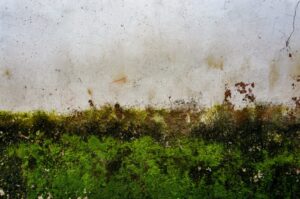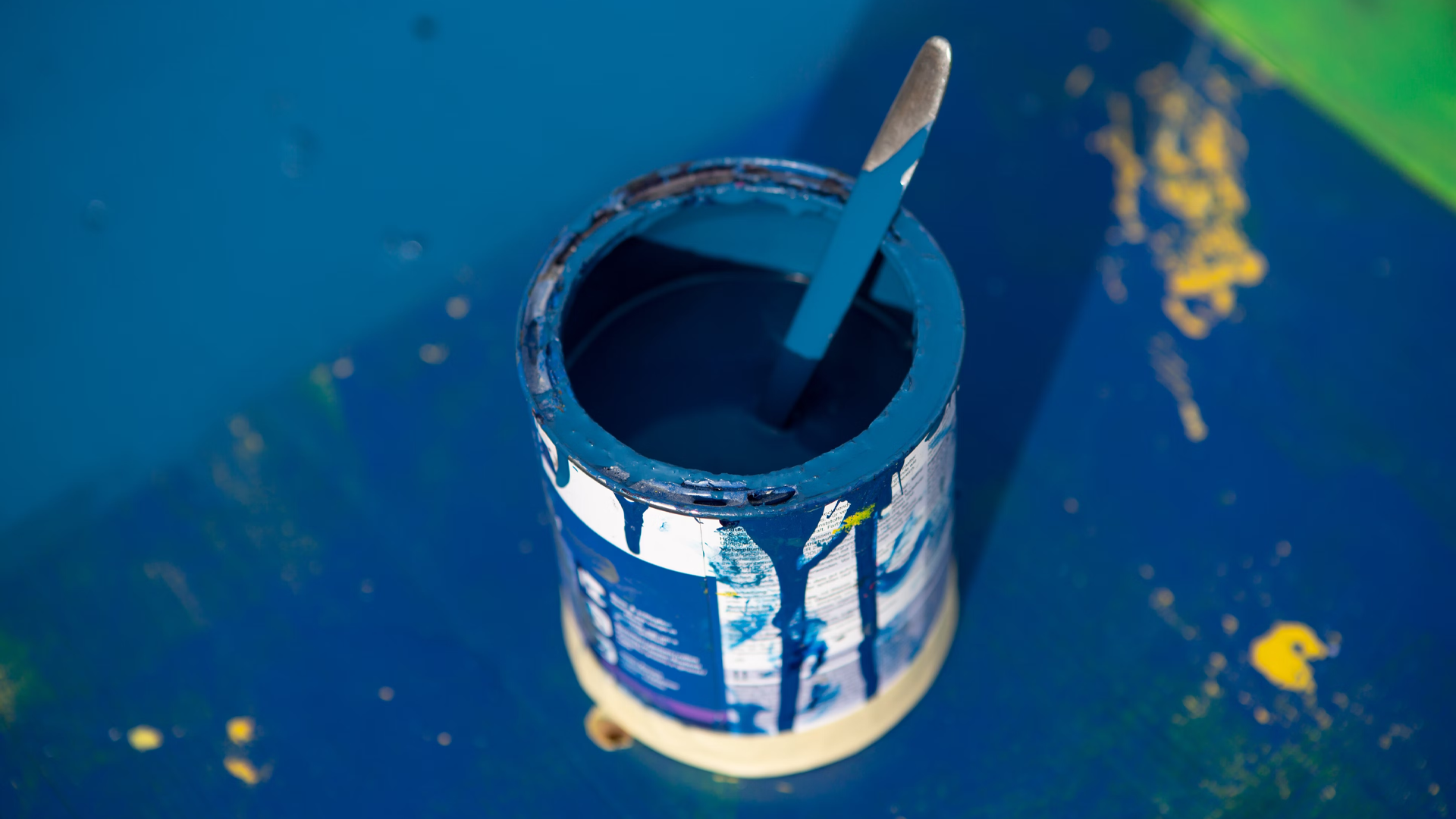Dampness is a common problem in homes and can lead to significant damage to the building structure and affect the health of its inhabitants. It refers to the presence of moisture in the air, walls, floors, or other surfaces of a building, leading to unwanted humidity and potential mould growth.
Preventing dampness is crucial in maintaining a healthy and safe living environment. Dampness can lead to various health problems such as allergies, respiratory issues, and skin irritation. Moreover, it can cause structural damage to a building, leading to costly repairs.
The purpose of this blog post is to educate homeowners on how to prevent dampness from occurring and how to effectively treat it when it does occur.
Through this post, we will cover the causes of dampness, the symptoms to look out for, and various preventive measures and treatments that can be taken to stop dampness permanently.
Causes of Dampness
- Poor Ventilation: Lack of proper ventilation is a common cause of dampness in homes. When air is not able to circulate freely, moisture accumulates, leading to dampness and mould growth. Poor ventilation can be caused by a lack of windows or air vents, or by keeping windows and doors closed for long periods of time.
- Leaking pipes and roofs: Leaks in pipes and roofs can lead to water damage and dampness in a building. Water that infiltrates the walls and flooring can cause moisture to build up, leading to dampness and mould growth.
- High humidity levels: High humidity levels in a home can lead to dampness and mould growth. This can be caused by various factors such as cooking, washing, and showering. Additionally, living in a climate with high humidity levels can also contribute to dampness in a home.
- Ground moisture: Ground moisture can also lead to dampness in a building. This occurs when the ground near the foundation of a building is damp, causing moisture to seep into the walls and flooring. This can be caused by a high water table, poor drainage, or leaks in the foundation of a building.
It’s important to understand the causes of dampness in order to effectively prevent it. By identifying the sources of dampness, homeowners can take the necessary steps to prevent it from occurring in the first place.
Symptoms of Dampness
Mould and Mildew Growth: Mould and mildew growth is one of the most common symptoms of dampness in a building.
These types of fungi grow in damp and humid environments and can lead to health problems for the inhabitants of a building. Mould can appear as black, green, or white spots on walls, ceilings, and flooring.
Peeling Paint and Wallpaper: Dampness can cause paint and wallpaper to peel and flake, as moisture causes the adhesive to break down. This can be a sign of dampness and should be addressed promptly to prevent further damage to the building.
Musty Odour: A musty or damp odour is another symptom of dampness in a building. This odour is caused by mould and mildew growth and can be an indication of a dampness problem.
Health Problems: Dampness can lead to various health problems for the inhabitants of a building, such as allergies, respiratory issues, and skin irritation.
People with weakened immune systems or respiratory problems may be particularly sensitive to dampness and should take measures to prevent it.
By recognizing the symptoms of dampness, homeowners can take steps to address the problem and prevent further damage and health issues. It is important to address dampness promptly to avoid more serious problems in the future.
Preventative Measures
- Improving Ventilation
Opening Windows: One of the simplest ways to improve ventilation and prevent dampness is to open windows regularly, especially during and after showering or cooking.
Installing Exhaust Fans: Installing exhaust fans in bathrooms, kitchens, and other areas where moisture is generated can help to remove moisture from the air and prevent dampness.
Ventilating Attics and Crawl Spaces: Ventilating attics and crawl spaces can also help to prevent dampness by allowing air to circulate and reducing humidity levels.
- Waterproofing
Repairing Leaky Pipes and Roofs: Repairing any leaks in pipes and roofs can help to prevent water damage and dampness in a building.
Installing Guttering and Downpipes: Installing guttering and downpipes can help to direct rainwater away from a building, reducing the risk of water damage and dampness.
Resealing Windows and Doors: Resealing windows and doors can help to prevent moisture from infiltrating a building and causing dampness.
- Controlling Humidity Levels
Using a Dehumidifier: Using a dehumidifier can help to reduce humidity levels in a building and prevent dampness.
Ventilating the Bathroom after Showers: Ventilating the bathroom after showers can help to remove moisture from the air and prevent dampness.
Avoiding Over-Watering Plants: Over-watering plants can increase humidity levels in a building and contribute to dampness. It is important to avoid over-watering plants and to properly drain any excess water.
By taking these preventative measures, homeowners can effectively prevent dampness and protect their homes and health. Regular maintenance and inspections can help to identify and address any potential problems before they become serious.
Treating Dampness
Cleaning up Mould and Mildew: The first step in treating dampness is to clean up any mould and mildew growth. This can be done using commercial mould cleaners or a mixture of water and bleach. It is important to wear protective gear, such as gloves and a mask when cleaning mould and mildew.
Painting or Repapering Affected Areas: Once the mould and mildew have been cleaned, affected areas should be painted or repaired to prevent further growth. It is important to use mould-resistant paint or wallpaper and to properly prepare the surface before painting or papering.
Fixing the Root Cause of the Dampness: The most important step in treating dampness is to fix the root cause of the problem. This may involve improving ventilation, waterproofing, or controlling humidity levels.
It is important to address the root cause of the problem to prevent the dampness from returning.
Conclusion
Dampness can have serious consequences for both the health and structural integrity of a building. It is important for homeowners to take proactive measures to prevent dampness and to address any dampness promptly if it occurs.
In this blog post, we discussed the causes of dampness, the symptoms of dampness, and various preventative measures that homeowners can take to prevent dampness. These measures include improving ventilation, waterproofing, and controlling humidity levels.
By taking these measures, homeowners can protect their homes and their health from the damaging effects of dampness.










